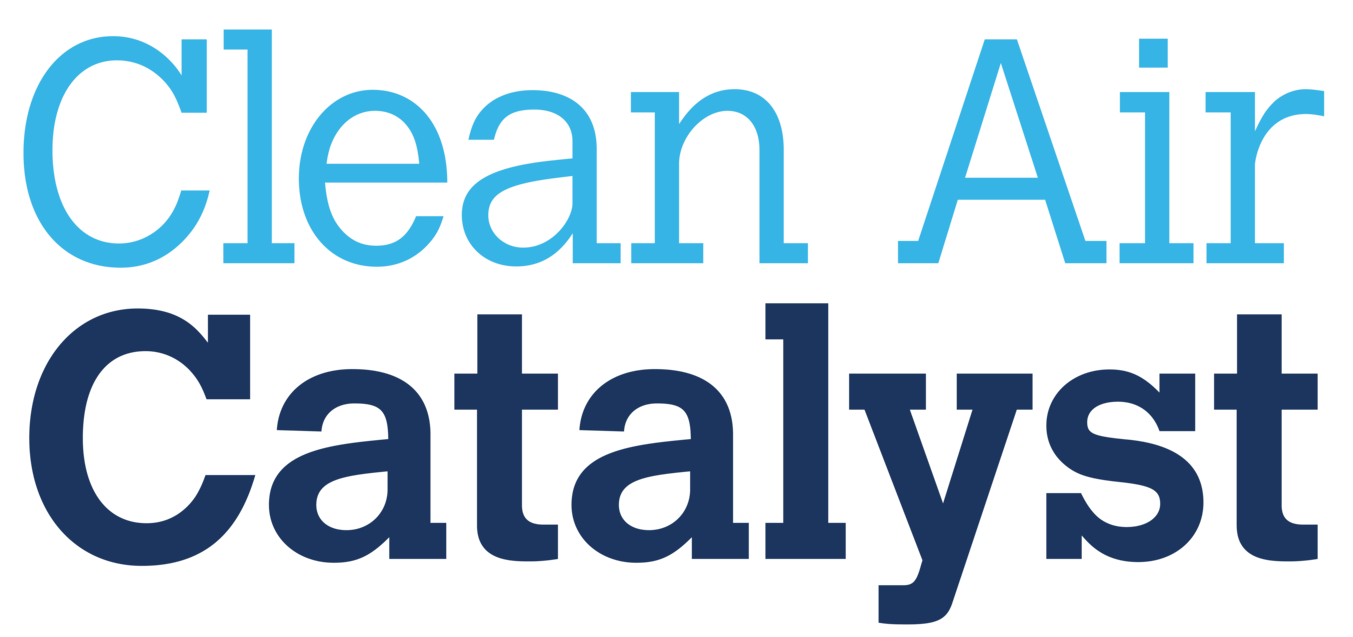How Indore Became #1 in India’s 2023 Swachh Vaayu Survey (Clean Air Survey)
Indore Mayor Pushyamitra Bhargav addressing the inauguration ceremony during which the U.S. Agency for International Development, Clean Air Catalyst, and Indore Municipal Corporation launched new air quality monitoring stations in Indore on February 15, 2023.
By Sudhir Gore, August 25, 2023
After a 6-year unbeaten run as India's cleanest city in terms of urban sanitation, Indore has attained a noteworthy milestone by achieving success in another national cleanliness survey. In the Central Pollution Control Board's Swachh Vaayu Sarvekshan (Clean Air Survey) of 2023, among cities with a population of over one million, Indore has secured the first position.
Mayor Pushyamitra Bhargav extended warm congratulations to the citizens of Indore, highlighting their active participation, the innovative initiatives of municipal councilors, and the dedicated efforts of commissioners and officials as the driving force behind this remarkable achievement.
The Ministry of Environment, Forest and Climate Change (MoEFCC) started the Swachh Vayu Sarvekshan last year to rank the progress of 131 cities that have not attained Indian air quality standards and are targeted for improvement under the National Clean Air Programme (NCAP). Indore achieved the highest score, 187 out of 200, based on an assessment framework that measures cities’ progress in key sectors and areas such as municipal solid waste, road dust, vehicle emissions, industry, eateries, household cooking and heating, and brick kilns. The survey also measures how well cities communicate on air quality and respond to grievances.
Mayor Bhargav attributed the rise of Indore to the top spot to efforts such as mechanized sweeping of roads to control the dispersion of dust particles, mandatory covering of construction materials with tarpaulin during transportation to mitigate air pollution caused by these materials, and permitting transportation of building construction materials mainly during the nighttime to minimize the impact on air quality.
A covered construction site on Annapurna Road, Indore. Photo: Sudhir Gore
Bhargav also noted the role of citizens in adapting cleaner sources of fuel and practices to reduce emissions. He said cooperation of the public has facilitated the transition from traditional wood and coal-fired ovens in restaurants and eateries to piped natural gas (PNG) systems. A public campaign organized by the Indore Municipal Commission (IMC) to encourage people to switch off their vehicle engines while waiting at traffic signals was highlighted as another success.
Sanjar Ali, an air quality senior program associate with WRI India, said Indore’s success did not come instantly but was the result of exhaustive work. “Looking at this ranking methodology and marking system, Indore is doing well in almost every sector, starting from waste,” he explained. “Indore has mastered the waste management process in the last six years and has been titled the Cleanest City in the country. In the transport sector, Indore has promoted public transport through the City Bus and Bus Rapid Transit System. The city also has a public bicycle sharing system and has undertaken other initiatives like pedestrian paths, and public space development.”
Survey of open burning, Indore City. Credit: Clean Air Catalyst
Based on a field survey conducted by WRI India for Clean Air Catalyst, a global partnership launched by the U.S. Agency for International Development in 2020, 77% of Indore’s industries have started using Pollution Control Devices such as bag filters to remove dust and particulate matter from the air. Brick kilns have also largely been moved out of the city boundaries to reduce the amount of black carbon, a form of particulate matter that can cause lung disease and also contributes to climate change.
Environmental Defense Fund, Inc. (EDF) co-leads the Clean Air Catalyst with World Resources Institute and a consortium of global and local experts. Kaushik Raj Hazarika - who leads the project effort on behalf of EDF - emphasized the city administration’s success can be attributed to its commitment to pursuing a collaborative, data-oriented approach to support air quality management. “The Catalyst has been engaging with a number of stakeholders in close coordination with the city administration to enhance the level of air quality awareness,” he noted. “Experts from the consortium are working on scientific exercises to map sources of air pollution and increase data availability as well as to bring additional equipment and monitoring to Indore. There have been several targeted training and capacity building programs as well for various governmental departments.”
Clean Air Catalyst Solutions Discussion with Mayor Bhargav, October 2022.
Dr. Prakash Doraiswamy, Director of Air Quality, WRI India, reiterated the scientific work of the Catalyst would continue to support Indore’s air pollution mitigation efforts. “The preparation of an Emission Inventory is an essential component to achieving Indore’s Clean Air Action Plan and our ongoing Sources Apportionment Study is mandated by the NCAP for all Non-Attainment cities so that they can receive funding for air quality projects from XV Finance Commission and NCAP.”
Clean Air Catalyst representatives Sudhir Gore and Megha Namdeo Dubey with IMC Commissioner Harshika Singh
The Catalyst project was awarded a certificate of appreciation from IMC Commissioner Harshika Singh and the city administration for its contributions toward enhancing the air quality of Indore at a recent event marking India’s 77th Independence Day.
Upon receiving the notice of Indore’s #1 ranking on the Swachh Vaayu Sarvekshan, Commissioner Singh also pledged to continue efforts to ensure that Indore meets minimum guidelines for air quality. “Clean air is the need of the hour. Indore has already excelled in maintaining cleanliness of the land, and performing well on the air quality front is truly excellent news for the city. However, this success also brings more responsibility and challenges in maintaining and further improving this achievement, and I am confident that we will continue to uphold this standard in the years to come.”





